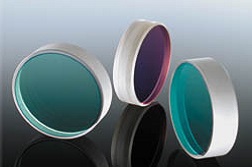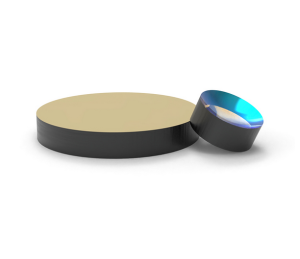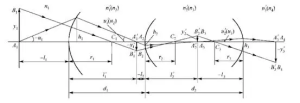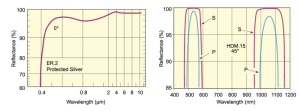
Nowadays, with the continuous development of production technology, there are various new types of glass, which have more and stronger functions and gradually replace ordinary glass. For example, the ordinary glass window, which can only transmit light and wind, has the function of noise reduction and heat insulation after using laminated glass, which is more convenient and practical. We will briefly introduce the optical properties of quartz glass below to let you know the difference between quartz glass and general glass.
1、 What are the optical properties of optical quartz glass
Optical quartz glass has unique optical properties. It can not only transmit far ultraviolet spectrum, which is better than all UV transmitting materials, but also transmit visible light and near-infrared spectrum. The user can move from 185-3500m as required μ Select the desired variety within the band. Due to its high temperature resistance, extremely small coefficient of thermal expansion, good chemical and thermal stability, bubbles, stripes, uniformity and birefringence can be comparable with general optical glass, quartz glass is an essential optical material for optical systems with high stability in various harsh situations.
The structure, impurity content, oh gene, no and CO content of optical quartz glass are the main factors affecting the spectral transmittance, and the poor binding of oxygen atoms is 0.24 μ There is an absorption peak at 2.7 for quartz glass containing OH group μ The obvious absorption peak will be produced due to the molecular vibration, and the low UV transmittance is mainly due to the atomic absorption spectrum caused by many metal impurities.
Fused silica glass is a good infrared transparent material, but due to the existence of impurities, the UV transmittance is low. The quartz glass obtained by melting crystal with hydrogen and oxygen flame is 0.24 due to the defect of oxygen structure μ There is an absorption peak at and contains OH group, so the infrared transmission is very low. The high-purity optical quartz glass refined with synthetic feed gas is a better UV transparent material, but at 2.7 μ There is a serious Oh absorption peak at. Only the optical quartz glass made from synthetic raw materials through electrofusion or hydrogen free flame melting can well penetrate the continuous spectrum from far ultraviolet to near infrared.
2、 Difference between quartz glass and general glass
Quartz glass is made by melting all kinds of pure natural quartz (such as crystal, quartz sand, etc.). The coefficient of linear expansion is very small, which is 1 / 10-1 / 20 of that of ordinary glass. It has good thermal shock resistance. Its heat resistance is very high. Its regular use temperature is 1100 ~ 1200 degrees Celsius, and its short-term use temperature can reach 1400 degrees Celsius. Quartz glass is mainly used for laboratory equipment and refining equipment of special high-purity products. Because it has high spectral transmission and will not be damaged by radiation (other glasses will darken after being irradiated by radiation), it is also an ideal glass for spacecraft, wind tunnel window and spectrophotometer optical system.
Glass is an amorphous inorganic nonmetallic material, which is generally made of a variety of inorganic minerals (such as quartz sand, borax, boric acid, barite, barium carbonate, limestone, feldspar, soda ash, etc.) as the main raw materials, and a small amount of auxiliary raw materials. Its main components are silica and other oxides. The chemical composition of ordinary glass is Na2SiO3, CaSiO3, SiO2 or Na2O · Cao · 6sio2. The main component is silicate double salt, which is an amorphous solid with irregular structure. It is widely used in buildings to isolate wind and transmit light. It belongs to mixture.
Related concepts
1. Quartz glass
Quartz glass is an amorphous material with a single component of silica. Its microstructure is a simple network composed of tetrahedral structural units of silica. Due to the large chemical bond energy of Si-O and compact structure, quartz glass has unique properties, especially the optical properties of transparent quartz glass are very excellent, and it has excellent transmittance in the continuous wavelength range of ultraviolet to infrared radiation.
2. Glass
Glass is an amorphous inorganic nonmetallic material, which is generally made of a variety of inorganic minerals (such as quartz sand, borax, boric acid, barite, barium carbonate, limestone, feldspar, soda ash, etc.) as the main raw materials, and a small amount of auxiliary raw materials. Its main components are silica and other oxides. The chemical composition of ordinary glass is Na2SiO3, CaSiO3, SiO2 or Na2O · Cao · 6sio2. The main component is silicate double salt, which is an amorphous solid with irregular structure. It is widely used in buildings to isolate wind and transmit light. It belongs to mixture. There are also colored glass mixed with oxides or salts of some metals to show color, and tempered glass made by physical or chemical methods.
End



